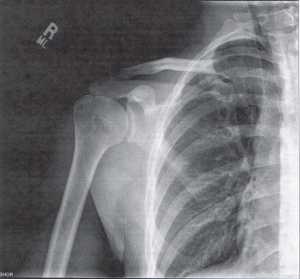In the high-stakes arena of professional sports, athletes are always on the hunt for that extra edge—the secret sauce that will catapult them ahead of the competition. Traditional training and standard medical practices are important, sure, but they're just pieces of a much larger puzzle. Enter functional sports medicine, a game-changing approach that's turning the athletic world on its head. With the expertise of functional medicine doctors, athletes from sprinters to swimmers are tapping into new levels of performance by understanding their bodies like never before.
Decoding Functional Sports Medicine
So, what exactly is functional sports medicine? Think of it as the ultimate personalized health strategy. It's an innovative blend of functional medicine principles and cutting-edge sports science. Unlike conventional methods that often play whack-a-mole with symptoms, this approach digs deep to unearth the root causes of health issues that could be holding an athlete back. It sees the body as an interconnected system. Here's what it takes into account:- Genetic Blueprints: Your DNA can offer clues about how you respond to training and nutrition.
- Nutritional Landscape: Are you getting the right fuel? Micronutrient deficiencies can be performance kryptonite.
- Hormonal Harmony: Hormones regulate everything from energy levels to muscle growth.
- Gut Feelings: A healthy gut means better nutrient absorption and immunity.
- Mind Matters: Mental and emotional well-being are just as critical as physical health.

















